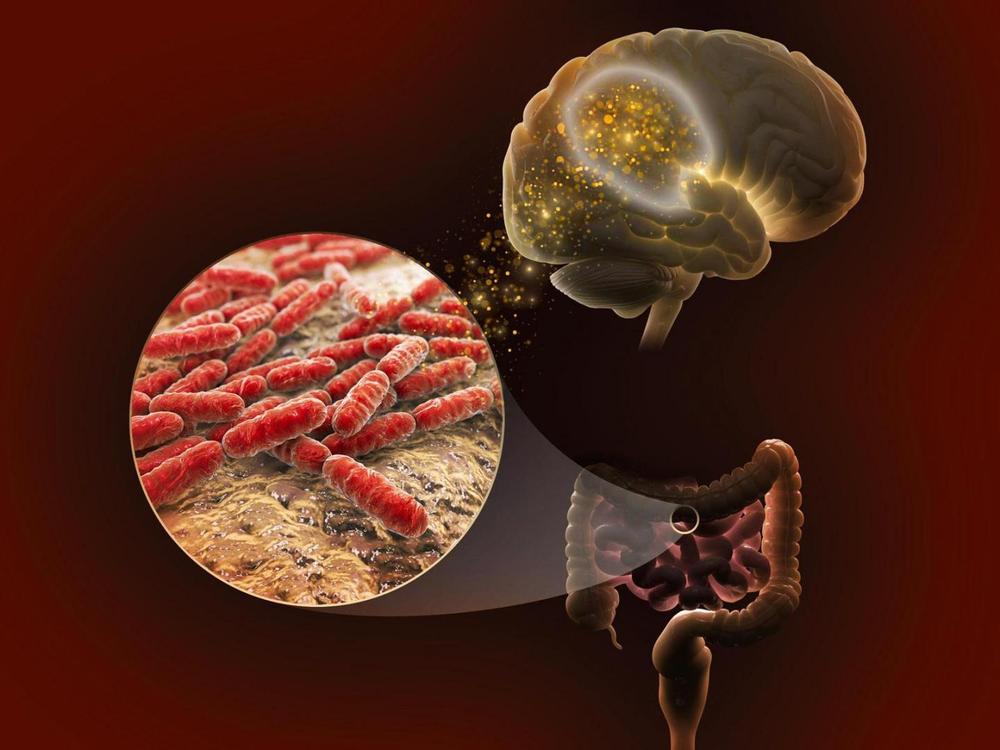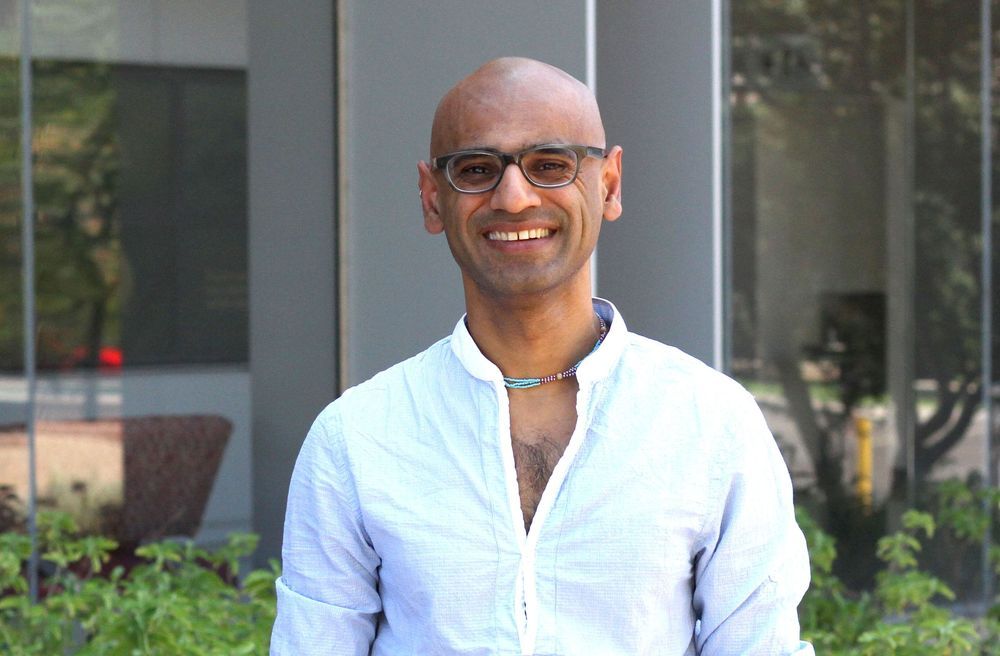Circa 2016 o,.o.
It is possible large, winged dragons could be created using cutting-edge genome editing, academics have suggested.


Scientists have recently explored the unique properties of nonlinear waves to facilitate a wide range of applications including impact mitigation, asymmetric transmission, switching and focusing. In a new study now published on Science Advances, Bolei Deng and a team of research scientists at Harvard, CNRS and the Wyss Institute for Biologically Inspired Engineering in the U.S. and France harnessed the propagation of nonlinear waves to make flexible structures crawl. They combined bioinspired experimental and theoretical methods to show how such pulse-driven locomotion could reach a maximum efficiency when the initiated pulses were solitons (solitary wave). The simple machine developed in the work could move across a wide range of surfaces and steer onward. The study expanded the variety of possible applications with nonlinear waves to offer a new platform for flexible machines.
Flexible structures that are capable of large deformation are attracting interest in bioengineering due to their intriguing static response and their ability to support elastic waves of large amplitude. By carefully controlling their geometry, the elastic energy landscape of highly deformable systems can be engineered to propagate a variety of nonlinear waves including vector solitons, transition waves and rarefaction pulses. The dynamic behavior of such structures demonstrate a very rich physics, while offering new opportunities to manipulate the propagation of mechanical signals. Such mechanisms can allow unidirectional propagation, wave guiding, mechanical logic and mitigation, among other applications.
In this work, Deng et al. were inspired by the biological retrograde peristaltic wave motion in earthworms and the ability of linear elastic waves to generate motion in ultrasonic motors. The team showed the propagation of nonlinear elastic waves in flexible structures to provide opportunities for locomotion. As proof of concept, they focused on a Slinky – and used it to create a pulse-driven robot capable of propelling itself. They built the simple machine by connecting the Slinky to a pneumatic actuator. The team used an electromagnet and a plate embedded between the loops to initiate nonlinear pulses to propagate along the device from the front to the back, allowing the pulse directionality to dictate the simple robot to move forward. The results indicated the efficiency of such pulse-driven locomotion to be optimal with solitons – large amplitude nonlinear pulses with a constant velocity and stable shape along propagation.

Doctors at the Casey Eye Institute at Oregon Health & Science University in Portland have announced the first-ever use of the revolutionary gene editing tool, CRISPR, inside of a person’s body. The tool was used to modify the genes responsible for a particular form of inherited blindness, and those responsible for the pioneering effort say there is real potential here to not only restore the patient’s vision, but open up a new line of medicines specifically used to target and alter DNA.
In an Associated Press report, which comes via NBC, the companies that make the treatment used in the procedure, including Cambridge, Massachusetts-based Editas Medicine and Dublin-based Allergan, highlighted the possibilities moving forward if the trial proves to be successful. Charles Albright, chief scientific officer at Editas, said that “We literally have the potential to take people who are essentially blind and make them see.”
Scientists at the OHSU @CaseyEye Institute have injected a harmless virus containing #CRISPR gene-editing instructions inside the retinal cells of a patient with a rare form of genetic blindness. @NPR @RobSteinNews https://n.pr/3ar3l3M— OHSU News (@OHSUNews) March 6, 2020

We discuss the state of the art and innovative micro- and nanoscale technologies that are finding niches and opening up new opportunities in medicine, particularly in diagnostic and therapeutic applications. We take the design of point-of-care applications and the capture of circulating tumor cells as illustrative examples of the integration of micro- and nanotechnologies into solutions of diagnostic challenges. We describe several novel nanotechnologies that enable imaging cellular structures and molecular events. In therapeutics, we describe the utilization of micro- and nanotechnologies in applications including drug delivery, tissue engineering, and pharmaceutical development/testing. In addition, we discuss relevant challenges that micro- and nanotechnologies face in achieving cost-effective and widespread clinical implementation as well as forecasted applications of micro- and nanotechnologies in medicine.

‘Through advances in medical devices and synthetic biology, DARPA’s new Advanced Acclimation and Protection Tool for Environmental Readiness (ADAPTER) program aims to develop a travel adapter for the human body, an implantable or ingestible bioelectronic carrier that can provide warfighters control over their own physiology. The integrated system will be designed to entrain the sleep cycle – either to a new time zone or back to a normal sleep pattern after night missions – and eliminate bacteria that cause traveler’s diarrhea after ingestion of contaminated food and water,’ reads a DARPA statement on the new device.”
The adapter is meant to regulate sleep patterns and protect against diarrhea.



New research from an international team of scientists has tracked a compelling series of connections between the gut microbiome and memory. Using a novel mouse model engineered to simulate the genetic diversity of a human population, the study illustrates how genetics can influence memory via bacterial metabolites produced in the gut.
Over the past few years there has been significant research interest in the relationship between memory, cognition and the gut microbiome. While certain families of bacteria that live in our gut have been implicated in memory function, this new study set out to investigate the connection from a different angle, starting with the role genetics play in this relationship.
“To know if a microbial molecule influenced memory, we needed to understand the interaction between genetics and the microbiome,” explains co-corresponding author on the study, Antoine Snijders.

Bioengineering professor Manu Prakash runs a lab at Stanford University that uses low-cost materials to create effective scientific devices. He returned from a recent vacation with some scuba gear — as well as a cold. While he tested negative for COVID-19, he stayed cautious and self-quarantined for two weeks. During that time, he reworked his snorkel mask into a reusable face shield for healthcare providers by combining it with a medical-grade filter. Dubbed the Pneumask, Prakash and his team tested the device and sent their findings to the FDA, which cleared it as a face shield or surgical mask, but not as a respirator. According to The Washington Post, this decision was made so that the masks could go out to healthcare workers immediately, as clearing the device as a respirator would require more time.
Manu Prakash and his team at Stanford University have turned a standard scuba mask into a reusable medical face mask.

In November of 2019—likely, even earlier—a tiny entity measuring just a few hundred billionths of a meter in diameter began to tear apart human society on a global scale. Within a few months, the relentless voyager known as SARS-CoV-2 had made its way to every populated corner of the earth, leaving scientists and health authorities with too many questions and few answers.
Today, researchers are scrambling to understand where and how the novel coronavirus arose, what features account for the puzzling constellation of symptoms it can cause and how the wildfire of transmission may be brought under control. An important part of this quest will involve efforts to properly classify this emergent human pathogen and to understand how it relates to other viruses we may know more about.
In a consensus statement, Arvind Varsani, a molecular virologist with ASU’s Biodesign Center for Fundamental and Applied Microbiomics and a host of international collaborators propose a new classification system, capable of situating coronaviruses like SARS-CoV-2 within the enormous web of viruses across the planet, known as the virosphere.